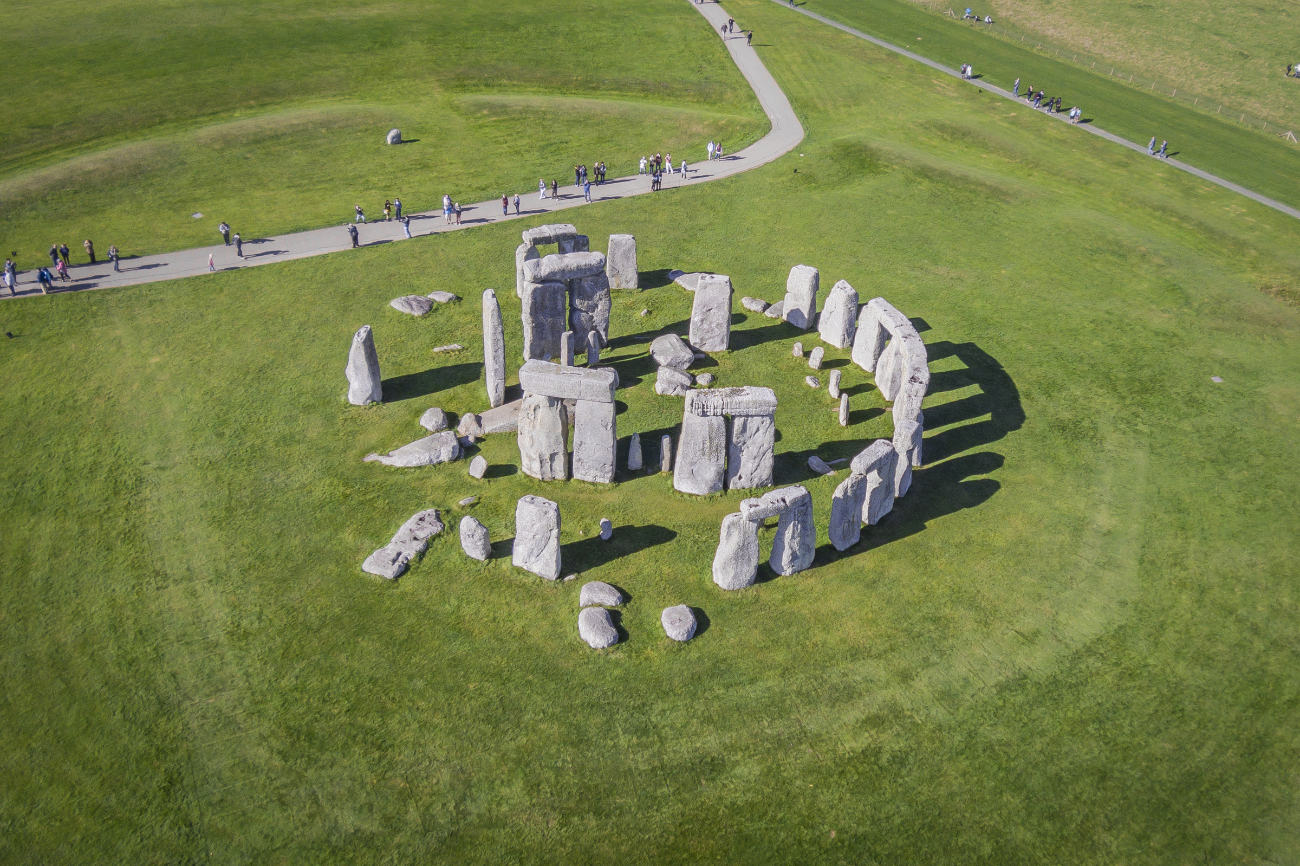
Solar Calendar
A solar calendar is a calendar whose dates indicate the season or almost equivalently the apparent position of the Sun relative to the stars. The Gregorian calendar, widely accepted as a standard in the world, is an example of a solar calendar. The main other type of calendar is a lunar calendar, whose months correspond to cycles of Moon phases. The months of the Gregorian calendar do not correspond to cycles of the Moon phase. The Egyptians appear to have been the first to develop a solar calendar, using as a fixed point the annual sunrise reappearance of the Dog Star—Sirius, or Sothis—in the eastern sky, which coincided with the annual flooding of the Nile River. They constructed a calendar of 365 days, consisting of 12 months of 30 days each, with 5 days added at the year's end. The Egyptians' failure to account for the extra fraction of a day, however, caused their calendar to drift gradually into error.

Stonehenge was likely and ancient solar calendar. According to a new study, a circle of 30 upright "sarsen" stones marked the days each month. Four stones on the outside of the circle tracked leap years. The top of the circle illuminated during summer solstice, and the bottom during winter solstice.


